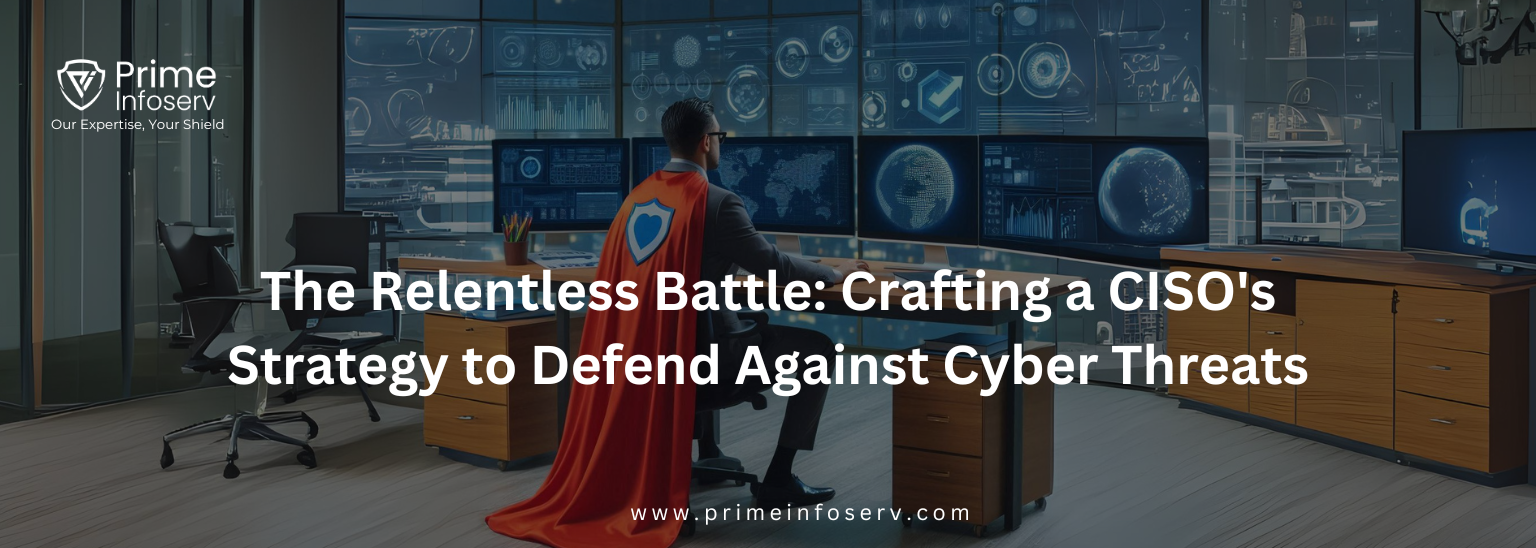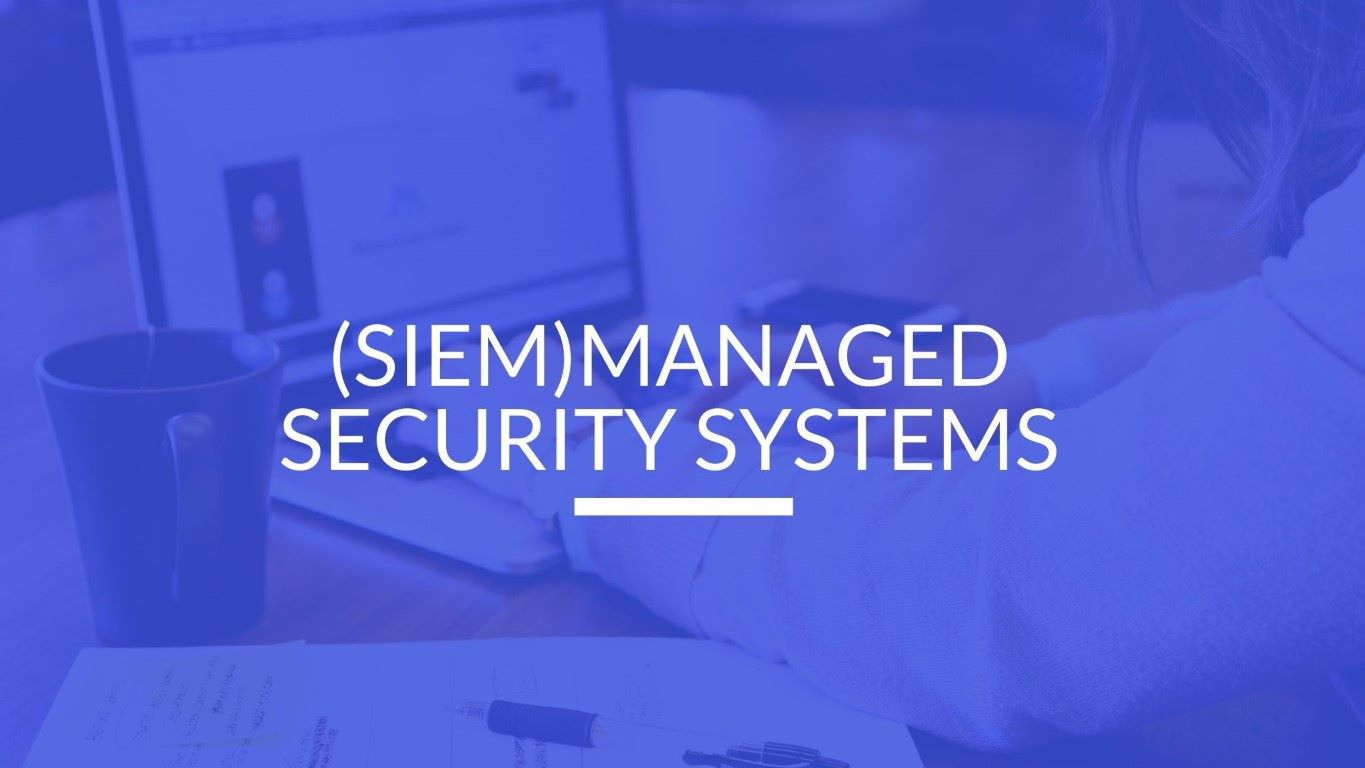In today’s digital age, cyber threats are more insidious and relentless than ever. As a Chief Information Security Officer (CISO), you’re at the forefront of defending your organization against these digital adversaries. A single breach can lead to catastrophic financial loss, reputational damage, and legal repercussions. This blog outlines 15 critical strategies that every CISO must consider to build a formidable defense against the ever-evolving cyber threat landscape.
1. Unearthing Hidden Threats: Risk Assessment and Management
Conducting regular risk assessments is essential to identify and prioritize potential threats. Develop a risk management framework to address and mitigate these risks effectively, ensuring your organization is always prepared for the worst.
2. Crafting a Bulletproof Plan: Incident Response Planning
Establish a comprehensive incident response plan to quickly address security breaches. Conduct regular drills and simulations to ensure your team can spring into action at a moment’s notice, mitigating damage and restoring normalcy swiftly.
3. Navigating the Regulatory Maze: Compliance and Regulatory Requirements
Stay informed about relevant industry regulations and compliance requirements. Implement policies and procedures to ensure your organization meets these standards, avoiding legal repercussions and maintaining trust.
4. Fortifying Data Defenses: Data Protection and Privacy
Implement robust data protection measures to safeguard sensitive information. Ensure compliance with data privacy laws and regulations, protecting your organization from both cybercriminals and legal penalties.
5. Cultivating Vigilance: Security Awareness and Training
Develop and maintain a security awareness program for employees. Conduct regular training sessions to keep staff informed about security best practices, creating a culture of vigilance throughout your organization.
6. Guarding the Gates: Access Control and Identity Management
Implement strong access control measures to limit access to critical systems and data. Utilize identity management solutions to ensure secure authentication and authorization, preventing unauthorized access.
7. Fortifying the Perimeter: Network Security
Deploy firewalls, intrusion detection/prevention systems (IDS/IPS), and other network security tools. Regularly monitor and update network security protocols to fend off emerging threats.
8. Shielding Every Endpoint: Endpoint Security
Ensure all endpoints, including laptops, mobile devices, and servers, are protected with appropriate security measures. Use endpoint detection and response (EDR) tools for continuous monitoring and rapid threat response.
9. Securing the Cloud: Cloud Security
Implement security measures specific to cloud environments, including encryption and access controls. Ensure cloud providers adhere to your organization’s stringent security requirements.
10. Embedding Security: Security Architecture and Design
Integrate security into the architecture and design of all IT systems and applications. Adopt a defense-in-depth strategy to create multiple layers of security, making your systems impenetrable.
11. Scrutinizing Allies: Third-Party Risk Management
Assess and monitor the security practices of third-party vendors and partners. Include security requirements in contracts and service level agreements (SLAs) to ensure they meet your organization’s standards.
12. Sealing Vulnerabilities: Vulnerability Management
Conduct regular vulnerability assessments and penetration testing. Implement a patch management program to address identified vulnerabilities promptly, preventing exploitation by cybercriminals.
13. Staying One Step Ahead: Cyber Threat Intelligence
Utilize cyber threat intelligence to stay informed about emerging threats and trends. Collaborate with industry peers and information-sharing organizations to bolster your defenses.
14. Preparing for the Worst: Business Continuity and Disaster Recovery
Develop and maintain business continuity and disaster recovery plans. Regularly test these plans to ensure they can be executed effectively in case of an incident, ensuring your organization can withstand and recover from disasters.
15. Measuring Success: Metrics and Reporting
Establish key performance indicators (KPIs) and metrics to measure the effectiveness of security programs. Regularly report on security posture to executive management and the board of directors, demonstrating the strength of your defenses.
Conclusion: Building an Impenetrable Defense
As a CISO, your role is pivotal in safeguarding your organization against cyber threats. By implementing these 15 strategies, you can build a robust defense that not only protects your assets but also ensures business continuity and compliance. Remember, the cyber threat landscape is constantly evolving, and so must your strategies. Stay vigilant, stay informed, and stay prepared to defend against the relentless tide of cyber threats.





